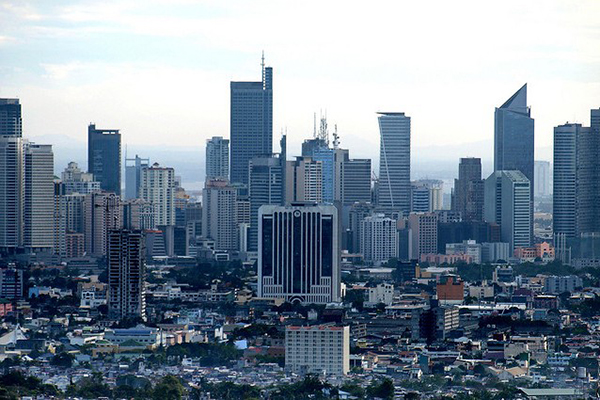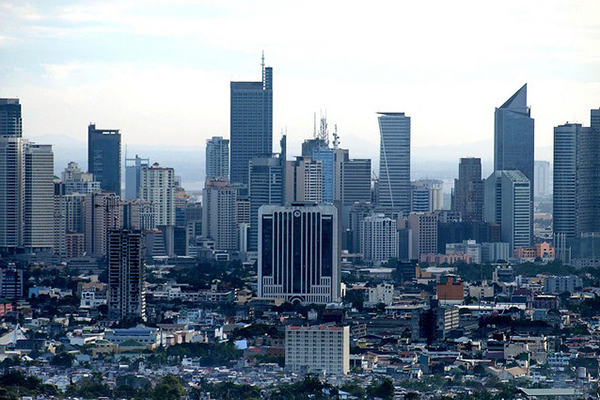Economy seen growing over 7% this year

Date:
January 6, 2017
The country’s gross domestic product (GDP) is expected to grow by 7 to 7.5 percent, driven by higher capital investments as the Duterte administration continues to ramp up infrastructure spending coupled with sound foreign direct investments, strong consumer expenditure, stable OFW remittances and sturdy BPO sector.
The Philippine Stock Exchange index (PSEi) is expected to rise to 7,500 this year alongside an expected improvement in earnings, said FMIC research head Cristina Ulang.
“The PSEi is anticipated to reach 7,500,” Ulang said, adding that price earnings ratio is expected to improve to 17 times.
The PSEi may even reach 7,700 if the economy grows even better than expected, she said.
Given an improving economy, the preferred sectors are those that are likely to grow with improved consumer spending and investments. These include holding companies, conglomerates, consumer, retail and banking.
Conglomerates have diversified portfolio and risks, exposure to infrastructure projects and large balance sheets that create capacity for growth.
First Metro president Rabboni Francis Arjonillo said the Philippine economy would continue to be robust and outperform its ASEAN peers in 2017.
At the same time, he said there would be a lot of internal and external changes and threats that would impact the country’s economy.
“But we are optimistic that given our sound macroeconomic fundamentals and compelling investment story, the country’s economy will remain strong,” he said.
Inflation is expected to rise moderately at 2.8 percent to 3.2 percent attributable to the rebound of oil prices, strong domestic demand and weaker peso.
Dollar remittances from overseas Filipinos, meanwhile, will continue to drive growth as the US economy strengthens.
The recovery of oil prices is also seen to translate into higher demand for overseas Filipinos, FMIC said.
Philippine exports are likewise projected to recover this year with a 5 to 8 percent growth underpinned by the moderate growth on the global economy and the strengthening of the US economy, which accounts for 16 percent of the country’s total exports.
Imports, on the other hand, will sustain their double-digit growth of 10 to 14 percent driven by robust capital spending and higher oil imports.
On the other hand, the Philippine peso will remain under pressure as the US economy continues to gain traction, leading to the strengthening of the US dollar. The Philippine peso is estimated to trade at 51 against the dollar this year.
Source: https://goo.gl/N9Ix7O















